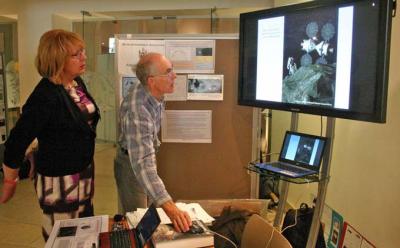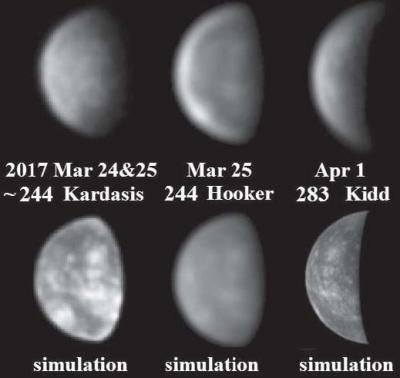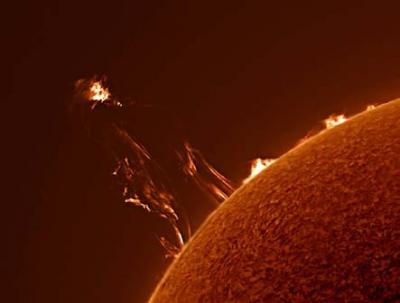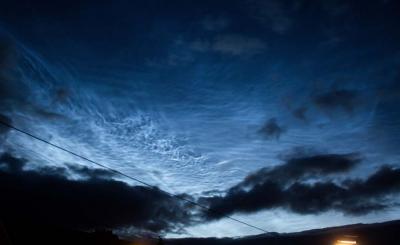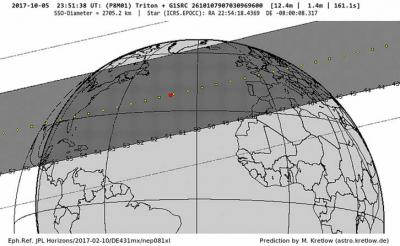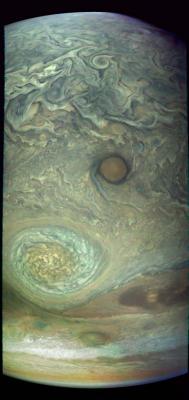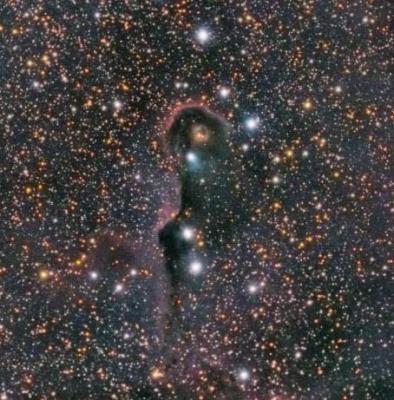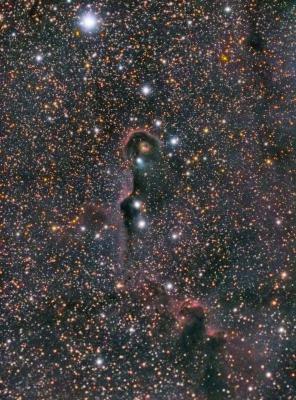Archives
The Triton stellar occultation of 2017 October 05
On 2017 October 05 Neptune’s largest satellite Triton will occult the 12.7 V-mag star UCAC4 410-143659, as seen from the
Read moreNASA’s Juno provides spectacular views of Jupiter
NASA’s Juno mission has been proceeding perfectly since the last report in these pages [Journal vol.126(6), p.333 (2016)]. Aficionados of
Read moreAward for the Cranborne Chase AONB dark skies initiative
The Commission for Dark Skies’ Joy Griffiths Award for 2017 was presented on June 5 to Linda Nunn, Director of
Read moreFrom the President
I know that many members will be heading for the United States to stand in the Moon’s shadow on August
Read moreNotes and News
From the Presiden: Juno: Triton Occultation: Solar & Mercury Section etc
Read more
